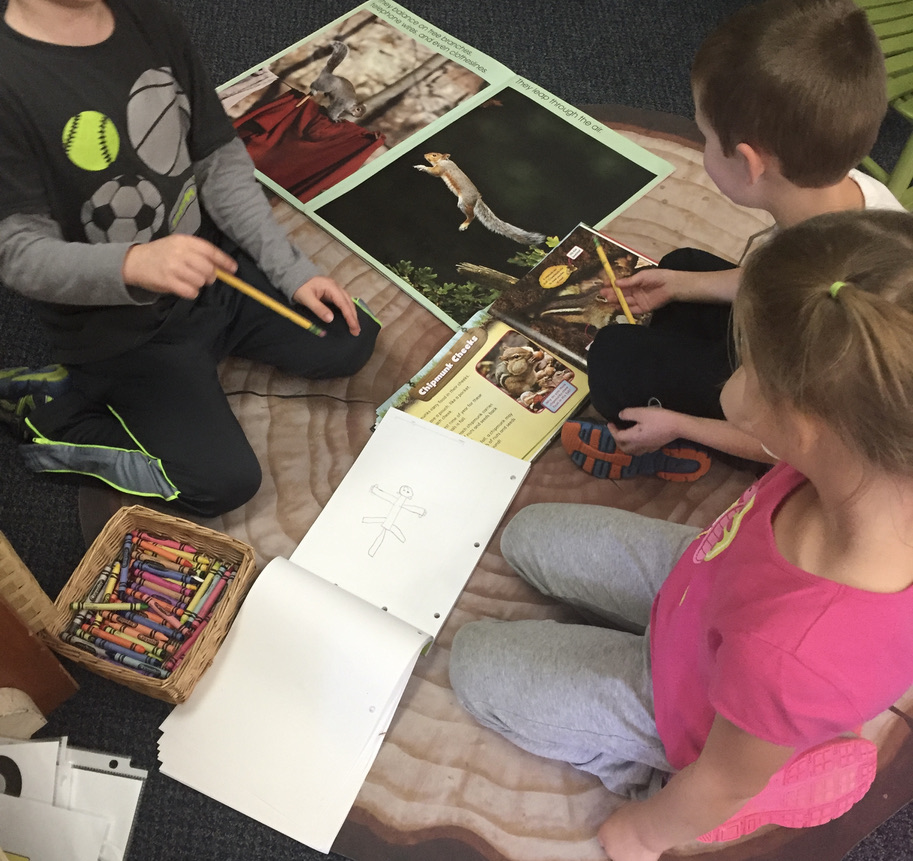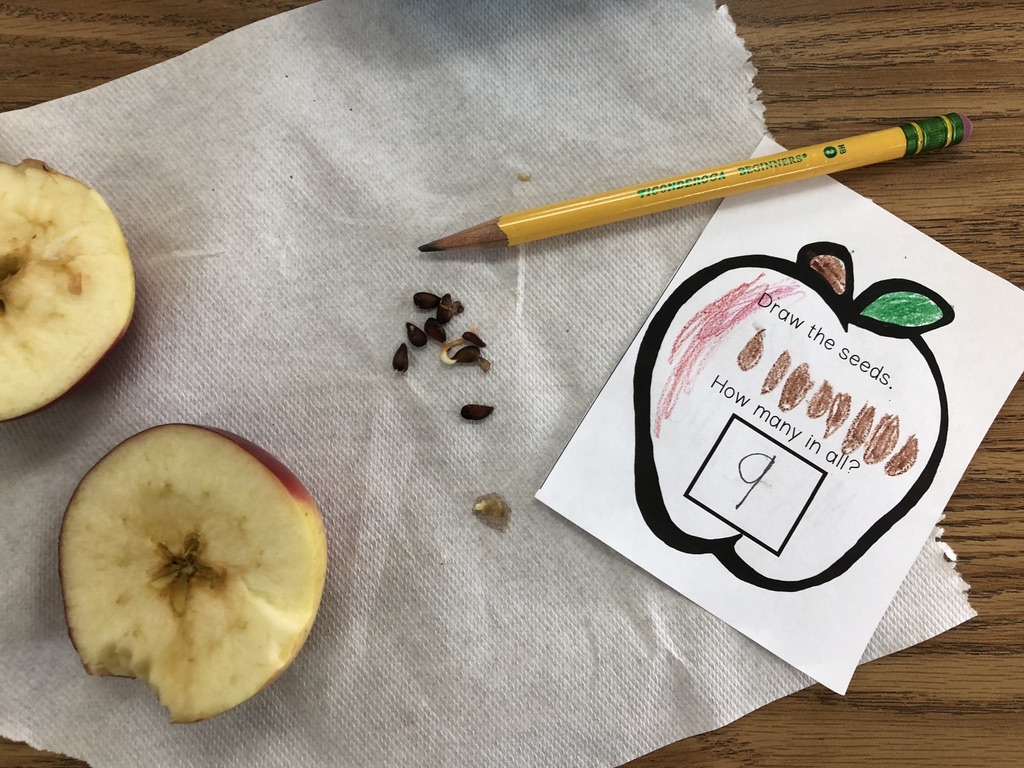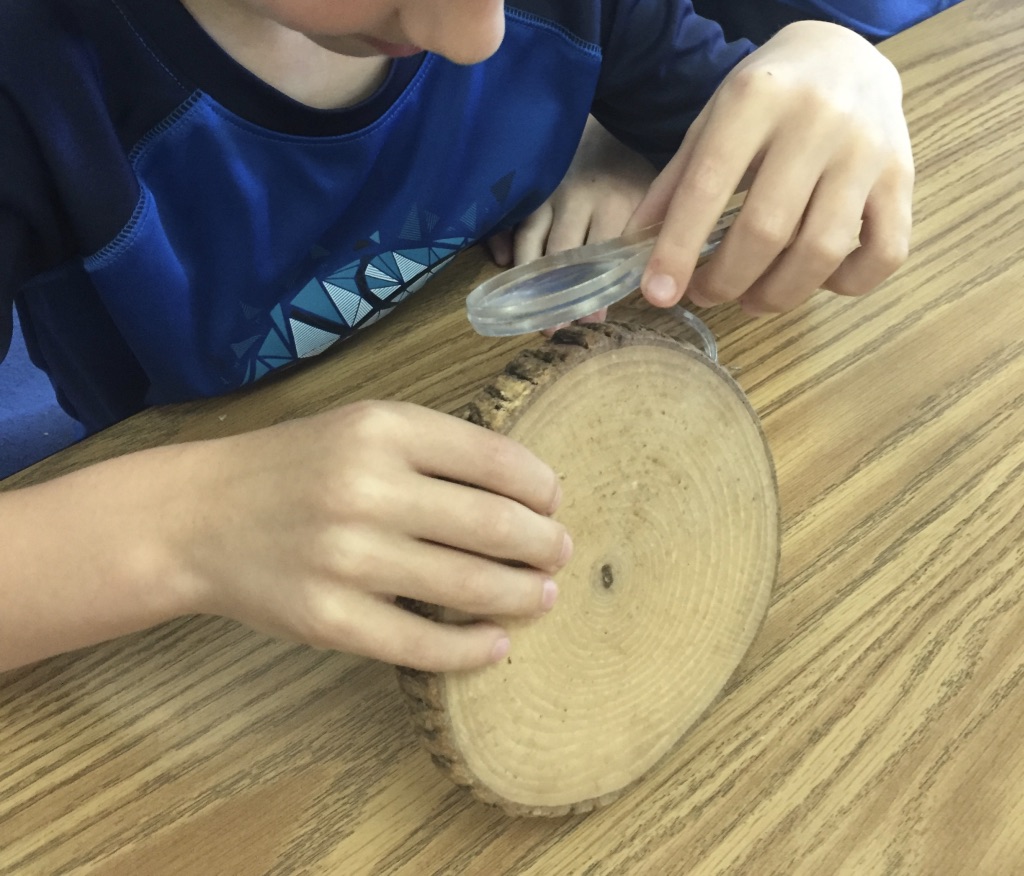Chapter 7
In This Chapter
While chapter 3 encourages us to capture and honor kids’ questions, this chapter provides ideas and examples of how to help children use the research process to explore answers. It suggests that we might need to be responsive and a bit more in the moment in order to capitalize on these “mini-inquiries” as they arise.
The book illustrates three examples that include:
- a bee inquiry launched with the question, “What color are a bee’s wings?”
- a window into Genius Hour that utilizes curiosity lists, charts, and question boxes
- a destination jar filled with the names of places children want to research
- the process one class went through to verify the fact that you can turn peanut butter into diamonds (yes you can!)
What I’ve Tried
Discovery Time is the part of our kindergarten day devoted to inquiry work. During this time, we might work as a whole group, in small groups, in pairs, or individually to find answers to our questions. On most days, children are working at choice centers which allows for this flexibility. Here are a few of the questions we have explored:
What is the difference between a chipmunk and a squirrel?

Do all apples have the same number of seeds?

Are trees alive?

Is there a difference between dirt and soil?
Doing research with kids takes a different path than theme teaching, which is much more linear and sequential. Daniels says, “Inquiry is more likely to be a wandering recursive path, with plenty of distracting side roads and occasional dead ends. When we show kids the real process, and how exciting it is, we help them fall in love with finding out.”
What I’d Like to Try
One challenge I have encountered in working with kinders, is how to break down difficult material so they can understand it. While not a main focus of this chapter, one of the examples described how “picture note taking” and “physically acting out parts of the article” led to better student understanding. It did not give specifics, so I searched for some note taking resources and found a few that might be helpful:
Acting out concepts is something I have tried, but it is always great to be reminded to use this strategy. We’ve used this to understand how snowflakes form, popcorn pops, seeds grow, and ladybugs change.
I first learned of this approach in the book, Starting With Comprehension by Andie Cunningham and Ruth Shagoury. Only used copies are available from Amazon, but the good news is that you can get it on the cheap!
Hopefully, the word “mini” in the title of this chapter helps you see that not all questions need to lead to full-blown inquiries. Helping children research just one question can be useful and a great place to start!
What mini inquiries have you tried? What questions were you exploring?
Thanks for stopping by!





 Moving From Themes to Project Based Learning in Kindergarten
Moving From Themes to Project Based Learning in Kindergarten Playful Encounters with the Reggio Emilia Approach
Playful Encounters with the Reggio Emilia Approach Animal Research Projects Step-by-Step
Animal Research Projects Step-by-Step The Magic of the Happy Teacher List
The Magic of the Happy Teacher List